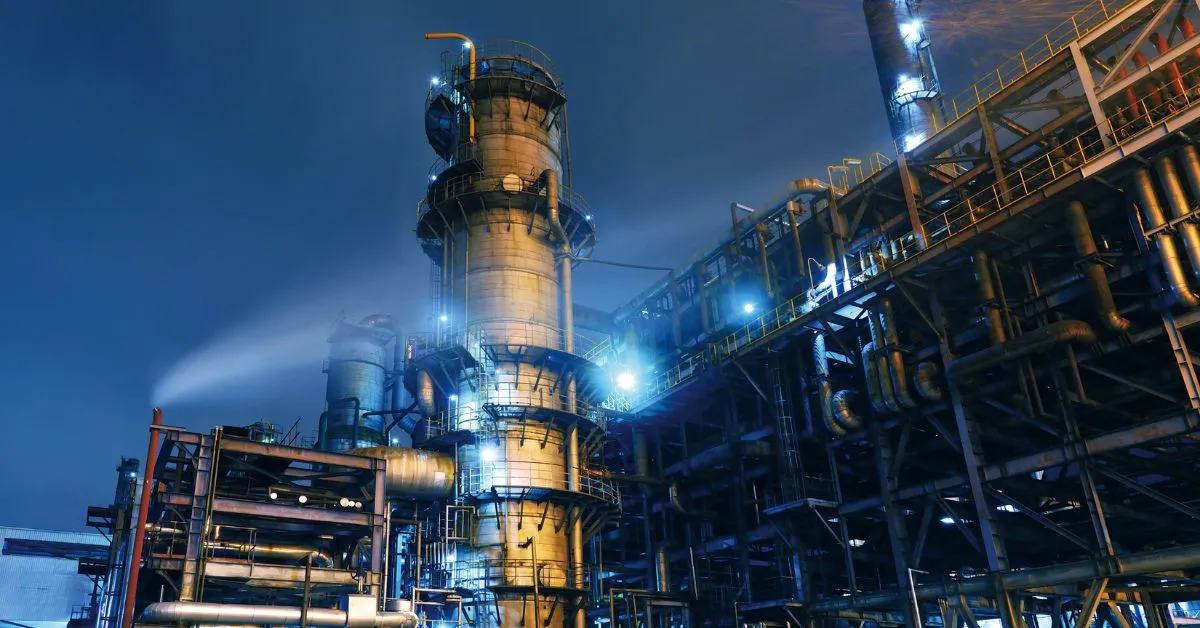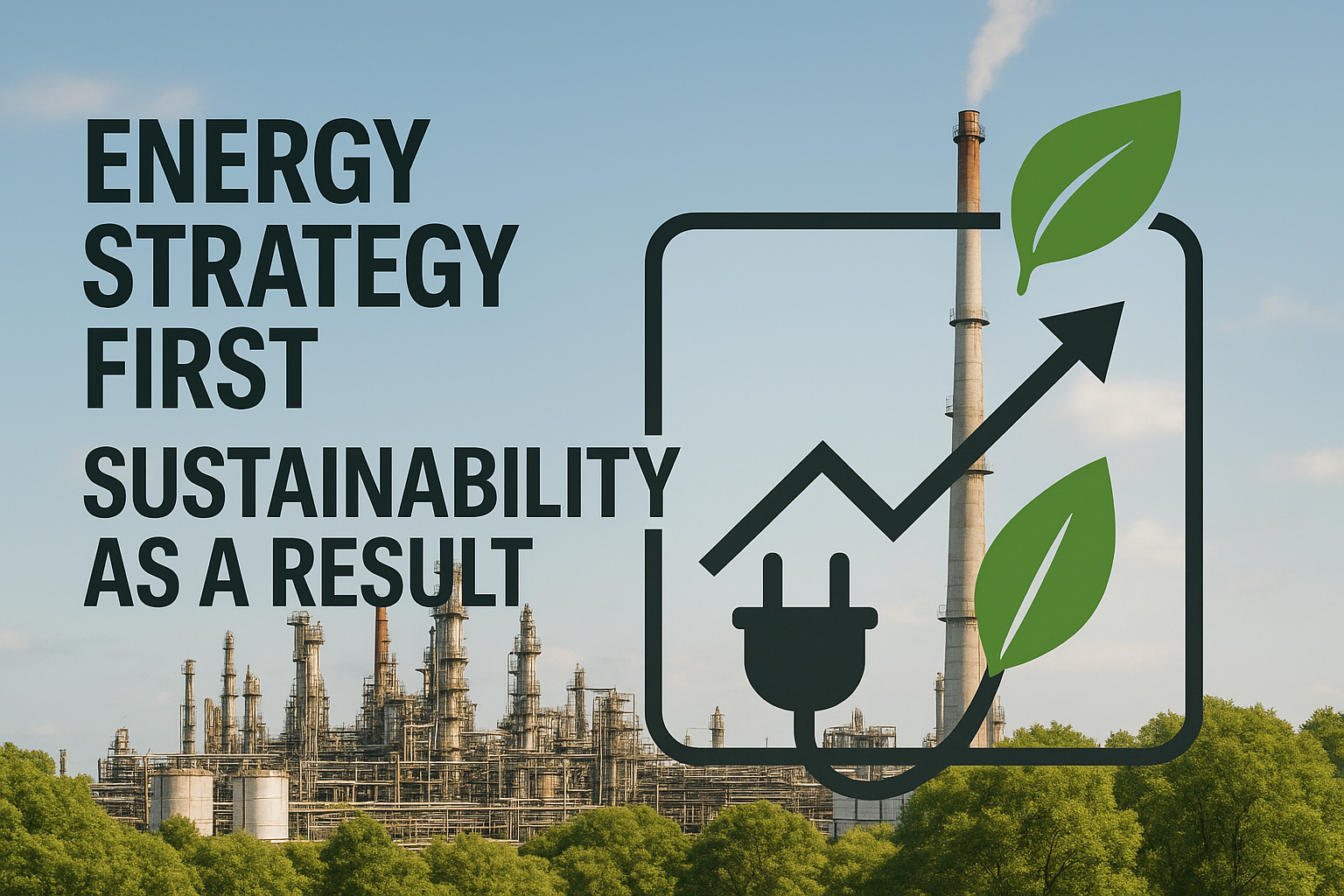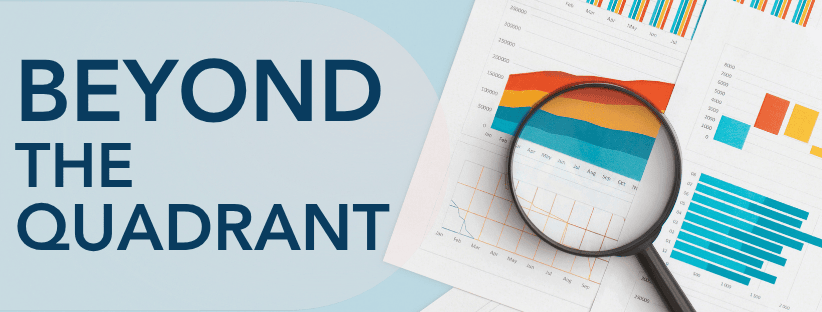Industrial operations are significantly driving electricity-demand growth across major U.S. utilities, while energy already absorbs 20–40% of a typical plant’s operating budget. Yet most systems still run above their theoretical energy minimum because traditional advanced process control solutions cannot adapt fast enough to shifting feed quality, weather, or equipment health. This gap between theoretical and actual performance creates a persistent drain on margins that process industry leaders face every month.
Closed Loop AI Optimization offers a faster path to relief. By learning your plant’s unique interactions and writing new setpoints in real time, this approach can help trim energy costs and often pays for itself in under six months.
That efficiency edge becomes critical as wholesale power prices are projected to climb another 19% between 2025 and 2028, all while sustainability mandates intensify. Acting now can position plants to stay profitable, compliant, and resilient as energy pressures rise.
What Makes Closed Loop AI Different from Traditional Controls
Your plant already relies on a distributed control system (DCS) to hold temperatures, pressures, and flows inside safe limits. That layer provides reliable protection, but it keeps each variable on a fixed setpoint. When feed properties drift or ambient conditions change, energy consumption increases and margins decline.
Traditional advanced process control (APC) works one level up, crunching historical correlations to suggest new targets. Yet it still depends on operators to accept each move. When that interaction breaks—during shift changes, weather events, or demand spikes—the optimization loop opens and equipment reverts to default settings.
Closed Loop AI eliminates that gap by learning the interconnected behavior of heaters, chillers, compressors, and recycle loops, then writing fresh setpoints every few seconds within pre-defined safety boundaries. Because the model learns from every outcome, its recommendations improve over time rather than deteriorating.
The control hierarchy works as nested layers: the DCS provides foundational safety; APC offers advisory tuning; Closed Loop AI continuously steers the entire system toward the most profitable, energy-efficient operating point.
If you already run APC, that investment remains valuable; the AI simply operates above it, adapting to raw-material fluctuations, equipment fouling, and weather shifts far faster than manual retuning allows. The result is a self-improving control layer that optimizes continuously while operators focus on broader operational priorities.
How AI Learns Your Process Energy Patterns
Your plant generates millions of data points every day—temperatures, pressures, flows, fuel rates, sample results, ambient conditions, equipment states. A closed-loop optimization solution turns that raw stream into real-time action by first analyzing years of plant data, then layering in first-principles constraints so the model understands what can and cannot be pushed.
During model development, reinforcement learning (RL) engines run thousands of simulated operating scenarios, exploring every combination of feed quality, weather, and equipment health that might occur.
By scoring each scenario against economic KPIs such as fuel per tonne or margin per day, the algorithm learns which moves deliver the most value while staying inside safety limits.
Before deployment, confirm four essentials:
- Plant data access at roughly 1 Hz on critical tags
- At least 6–12 months of varied operating data
- A cybersecurity-approved pipeline for periodic model updates
- Write permissions to the distributed control system (DCS) within agreed safety envelopes
Once live, the model can flag true anomalies while brushing off routine noise. This creates a continuously learning system that keeps energy use on target while adapting to changing conditions.
Real-Time Optimization That Never Stops
Automated optimization keeps your plant in a perpetual cycle of improvement, evaluating current conditions and writing fresh targets every few seconds. Because the model learns from each action, it immediately recognizes when fuel composition drifts, ambient temperatures rise, or heat-exchanger fouling starts to limit throughput, then adjusts setpoints before those shifts erode efficiency.
This agility matters when outside factors move faster than a human team can react. Electricity prices in deregulated markets swing hourly, and the increasing cost of every kilowatt you consume demands a swift response. By continuously weighing power costs, production schedules, and raw-material properties, the AI keeps energy intensity low even as external pressures mount.
Plants already running the technology report tangible improvements. Petrochemical sites have cut natural-gas firing by 3–5% while holding production steady. Cement operators see higher clinker output without breaching quality constraints, and mining plants trim grinding power when ore hardness rises. Across these diverse systems, the common thread is a controller that maintains consistent performance around the clock.
Because optimization happens continuously, every crew inherits the same finely tuned conditions. There’s no variability between day and night shifts, no dip in performance over weekends, and no risk of fatigue-driven decisions. The result is a steadier process, lower overall energy spend, and a clearer path toward meeting your sustainability targets.
From Advisory Mode to Autonomous Operation
Shifting an industrial unit from advisory mode to fully automated operation happens through deliberate steps that build trust while delivering measurable savings. During the initial eight to twelve weeks, the AI model trains offline on historical data and validates against recent operating events. In parallel, it enters advisory mode, writing recommended setpoints that operators can accept or ignore while gaining familiarity with the logic and its economic impact.
Training sessions and transparent dashboards make every move visible, helping operators compare the AI’s “what-if” targets to their own decisions. This approach builds confidence through understanding rather than blind acceptance.
Once confidence builds, the loop gradually closes. Over the following four to eight weeks, the controller adjusts non-critical parameters directly. If plant response remains stable, it expands to high-value constraints.
Continuous feedback tightens prediction accuracy—field pilots often require high alignment between predicted and actual results—sometimes approaching or exceeding 95 percent—before sites consider granting full autonomy, though this threshold and practice can vary by industry and application.
Clear success criteria keep the process objective: verifiable margin uplift against a documented baseline, stable process variance, and positive operator feedback. Hard-coded safety envelopes ensure the controller never exceeds proven limits. Automatic handback protocols return control to the distributed control system (DCS) if anomalies surface, while real-time dashboards provide visibility on every move, enabling instant intervention when conditions demand.
Measuring and Sustaining Energy Improvements
With rising energy costs squeezing already thin margins across process industries, a credible baseline becomes the starting point for proving the impact of automated optimization. Begin by establishing a baseline using the past 12 months of plant data, ensuring it spans seasonal swings, production mix changes, and any major maintenance events. Document current energy-management routines so future comparisons capture only the improvements delivered by the model.
With that reference in hand, track a focused set of metrics that demonstrate real-world impact:
- Fuel use per unit throughput
- Steam intensity per product metric tonne
- CO₂ emitted per day
- Daily margin uplift from saved energy
- Energy variation during ambient shifts
Modern platforms translate these metrics into intuitive visuals, showing real-time deviation from baseline, cumulative savings in both currency and emissions, and how the model responds under different loading, weather, or feed-quality scenarios.
Value doesn’t plateau after go-live. Continuous sustainment programs refresh the model as equipment ages or operating targets evolve, use ongoing monitoring to flag performance drift, and schedule quarterly reviews that surface new opportunities. The same dataset feeds directly into ESG reporting, turning energy improvements into verifiable progress toward corporate sustainability goals.
Imubit Delivers Proven Closed Loop AI for Industrial Energy Efficiency
Imubit Industrial AI Platform already powers more than 90 closed-loop applications across refining, petrochemicals, cement, and mining. Field results show sustained 3-5% reductions in fuel and electricity use, with most plants recovering their investment in under six months. Because the model writes optimal setpoints, those savings accumulate every minute—without adding operator workload.
What sets Imubit apart is its purpose-built focus on process-industry challenges. Imubit’s technology combines deep reinforcement learning (RL) with process-engineering expertise, allowing the model to respect safety envelopes while continuously learning from new plant data.
Seamless integration with all major control architectures and a structured change-management program help your workforce move confidently from advisory to autonomous operation.
For process industry leaders seeking sustainable efficiency improvements, this solution offers a data-first approach grounded in real-world operations. Connect with Imubit’s energy specialists to explore how your plant can achieve measurable energy reductions while strengthening operational performance.




